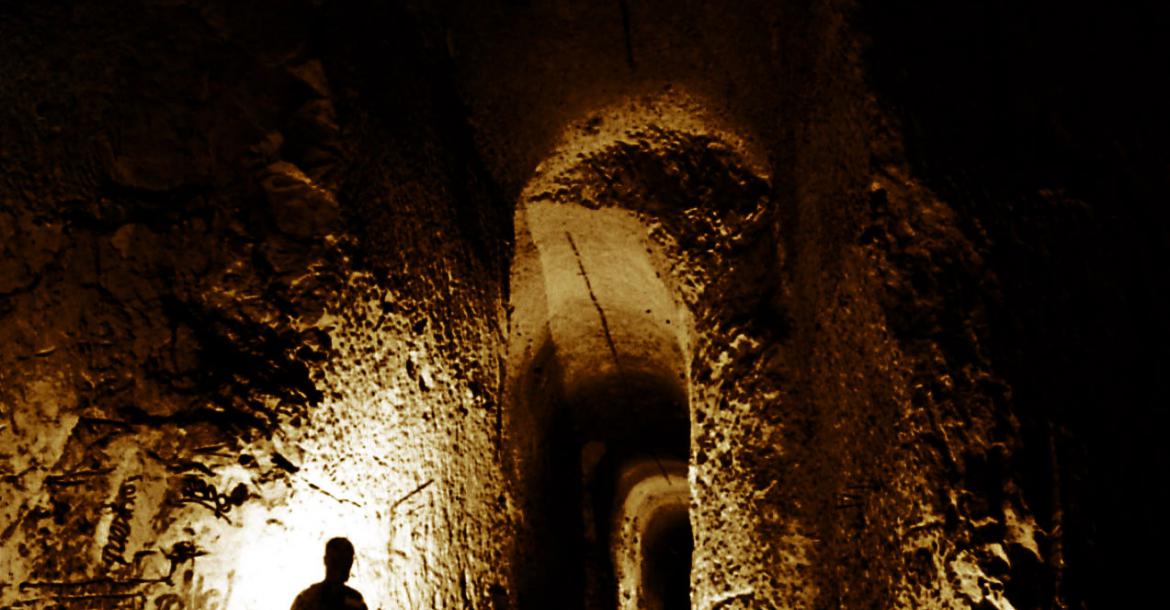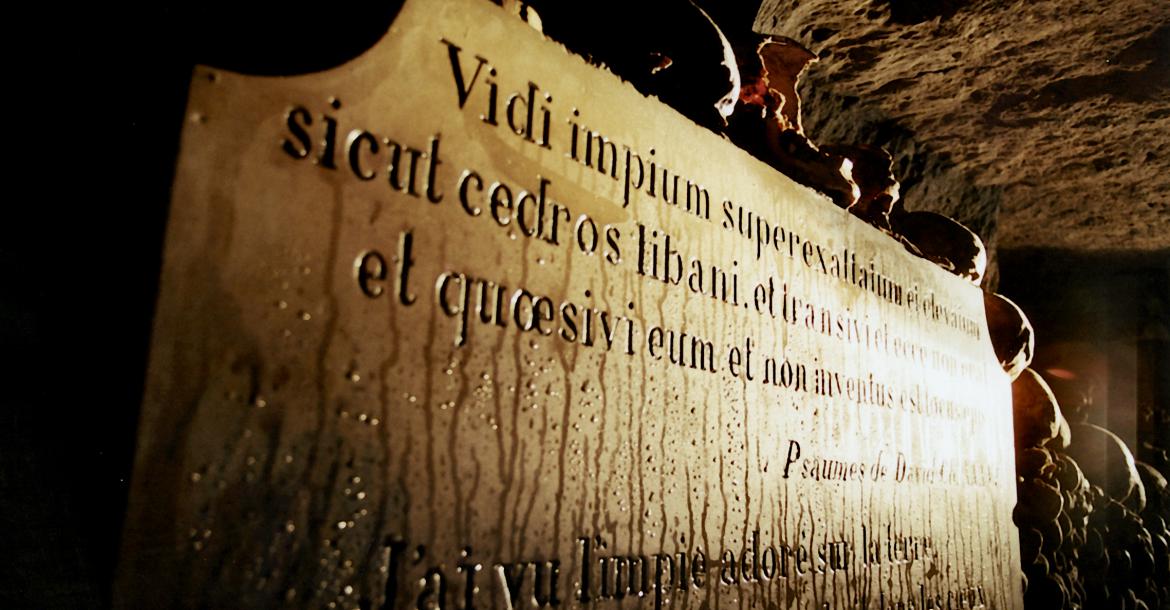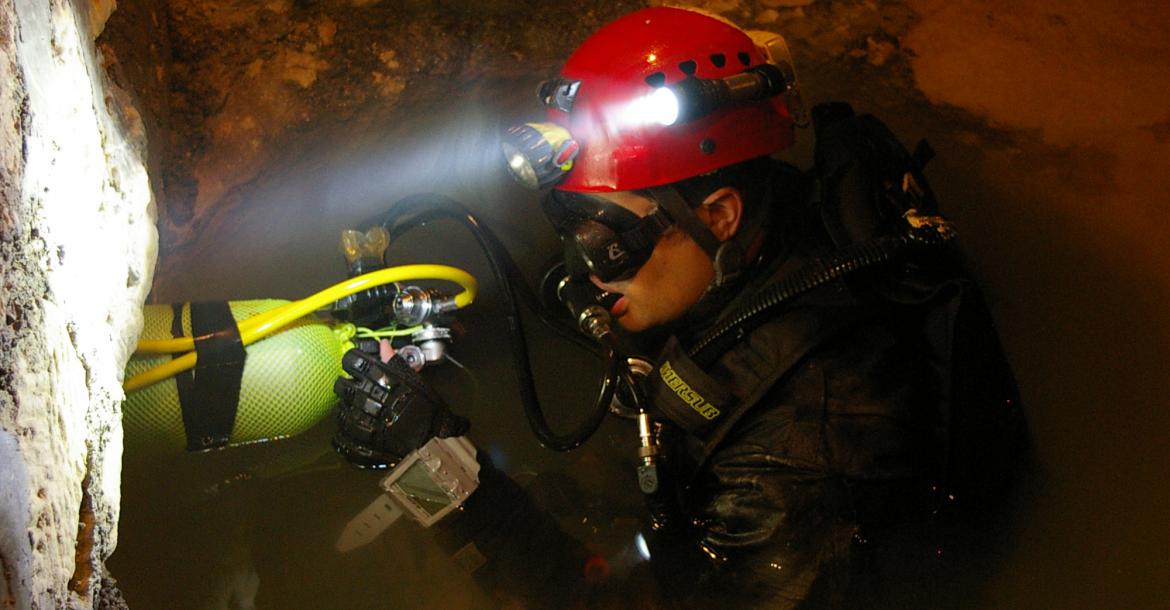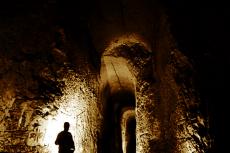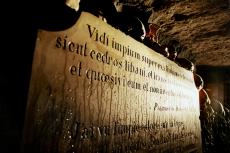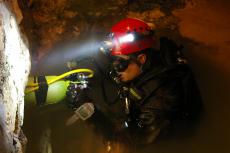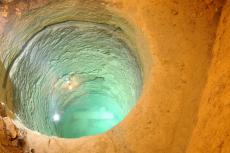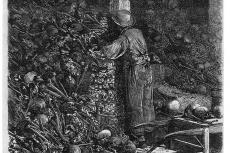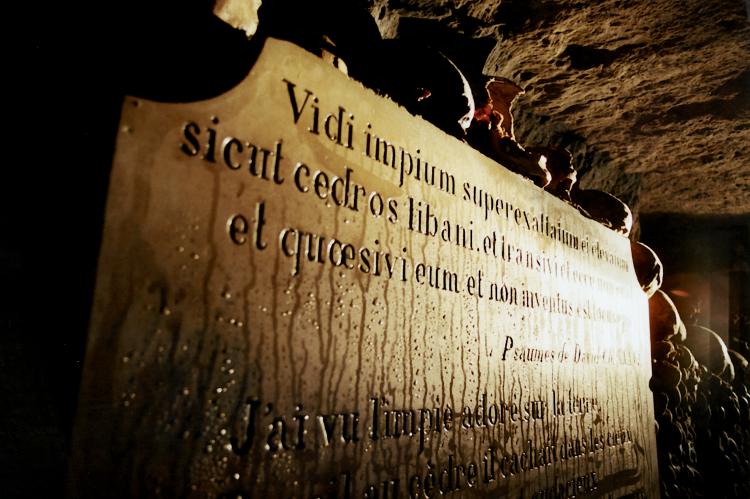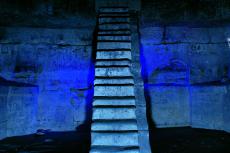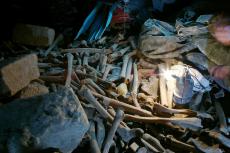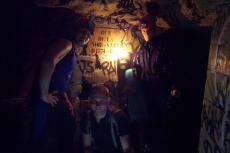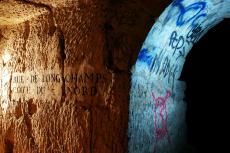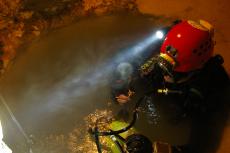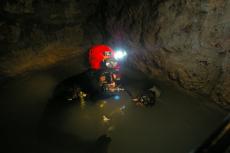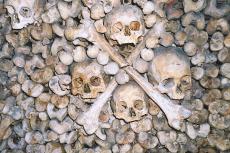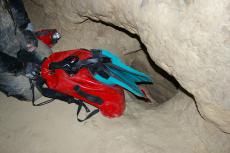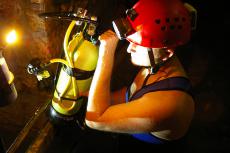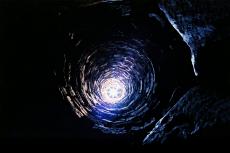Catacombs of Paris
Paris. City of lights, but of shadows, too. The capital has become a sought-out place for urban exploration. With walks across roofs, through the subways and the sewers and the ancient quarries known as the “Catacombs”.
Tags & Taxonomy
During the 12th and 13th centuries, Philippe Auguste (1180-1223) expanded the capital considerably. The Notre Dame Cathedral was built in 1163, the rampart and castle of the Louvers in 1180. This boom in construction created a surge in demand for building materials and the quarrying intensified. Paris kept on growing, becoming bigger and bigger as the centuries passed.
The ancient quarry, which was not being exploited anymore—located in the center of Paris as we know it today—was eventually covered by urbanisation. The existence of these quarries went forgotten by everyone until the 18th century when several collapses in Paris made it painfully clear to body how dangerous these ancient excavations were in regards to the stability of the ground.
Thus, in 1777, the “IGC” (General Inspection of Quarry) was created. Its task was to map and catalogue, to investigate by drilling and to consolidate the voids left by the quarries. This network of galleries runs about over 300 km. These galleries aren’t officially open for the general public. The official ossuary is the only one accessible to the public, but it only represents an infinitesimal part (1.7km) of the whole network. However, there still remain several other entries, known only by a few, which allow access to the entire network. However, in our time, this large network is likely to be reduced due to the consolidation of the undergrounds.
The creation of the Catacombs is linked to increasing public health risks of Paris’ unsavoury graveyards in past times. Eventually, in the 18th century, the authorities were left with no other option than to reform the funeral practices of the times. The graveyards of the “Saints Innocents”, located in the heart of Paris, include burials from more than 22 churches. Funerals had been taking place here for more than ten centuries. In addition, those who died at the Hotel-Dieu (Paris’s hospital) and at the mortuary were sent here. There were so many dead that needed to be buried at that graveyard that it had to be given an additional layer of soil elevating it a further to 2.5m compared to the level of the street.
Health risk
In 1554, the doctors of the faculty of Paris staged a protest about the place and against the growing risks of epidemics threatening the population of Paris. In 1737, the Royal Academy of sciences confirmed the fears voiced 200 years earlier. The laments of the riverside residents were added to the others. The graveyard has received so many bodies that graves were layered with ground burials and ossuaries and the constant digging kept hollowing out the ground. In 1780, the wall of a cave put side by side with the graveyard collapsed under the pressure from a new grave quickly put in. ...
(...)
Download the full article ⬇︎
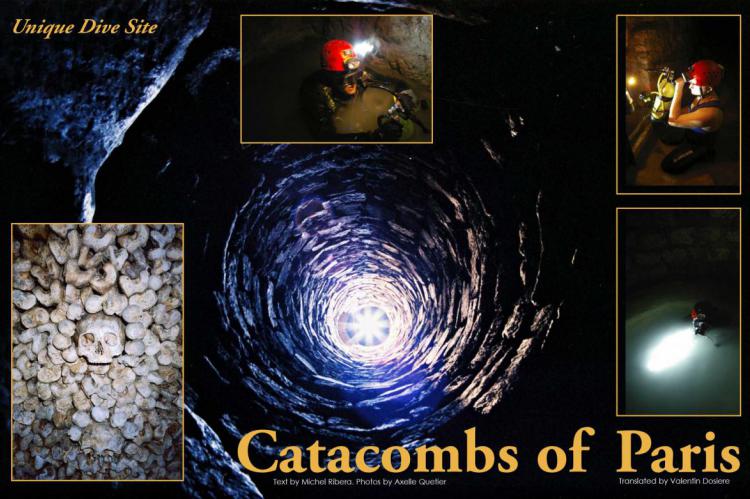
Originally published
X-Ray Mag #19
FIJI: Scott Bennett went to the far side of the Pacific and got the Royal treatment. Red Sea: Wreck hunter and author Peter Collings shows what all the latest craze is all about.
Our Norwegian friends takes us for spin in Saltstraumen, the most powerful drift dive on the planet - so buckle up.
Find out where all the noise in the Ocean come from and check out the Fall dive fashion before we go visit SeaCam and have a talk with Harald Hordosch about what it takes to become successful. Cerdic Verdier explains how to Bail out on a rebreather.
And finally Michel Ribera takes on a very spooky dive in the Parisian Netherworld - come see what the Catacombs hold. The Grande finale is presented by Zena Holloway - some amazing photography there.

